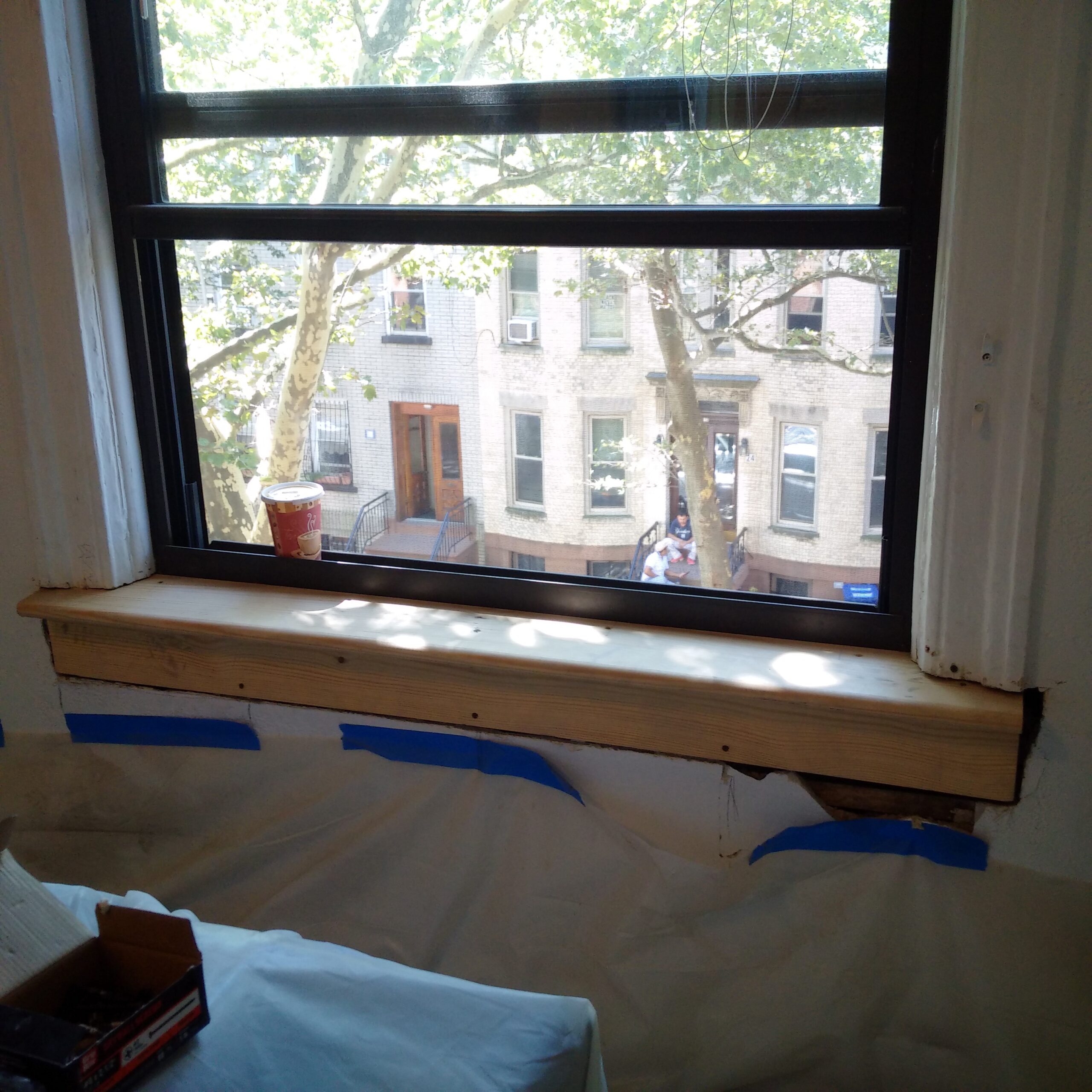Comprehensive Guide on Effective Lead Offense Elimination Strategies
In the realm of environmental security, dealing with lead violations demands a meticulous and structured approach. This thorough guide starts by highlighting the critical initial steps of determining lead threats with advanced evaluation and testing approaches. The guide elaborates on the value of sticking to strict safety and security procedures during the removal procedure, consisting of the use of correct PPE and separating impacted locations.
Identifying Lead Dangers
Recognizing lead dangers is an essential initial step in alleviating the dangers connected with lead exposure. Lead, a harmful metal, can be present in numerous ecological tools, including paint, dirt, water, and dust.
The initial stage in recognizing lead risks involves recognizing common lead resources within the built setting. Structures developed before 1978 are specifically vulnerable as a result of the widespread usage of lead-based paint during that duration. Furthermore, dirt contamination can happen from weakening exterior paint, commercial discharges, or historical use leaded fuel.
An additional significant source is lead piping and pipes components, which can leach lead into alcohol consumption water. Consumer goods such as playthings, porcelains, and imported products might additionally contain unsafe lead degrees. Notably, work settings and hobbies involving lead can track impurities into homes.
Assessment and Testing
When addressing lead hazards, reliable evaluation and testing are paramount. Initial analysis usually involves an aesthetic evaluation to identify potential lead sources, such as degrading paint or infected dust.

Dust wipe sampling is another essential strategy, specifically in residential setups. By gathering samples from floors, windowsills, and other surfaces, this method provides insights into prospective direct exposure risks. Furthermore, soil screening around structure borders is necessary to spot lead contamination that could posture hazards, specifically to children.
Safe Removal Procedures
Upon completing comprehensive assessment and screening, executing secure elimination treatments is the next crucial stage in attending to lead risks. This procedure makes certain that lead-contaminated materials are effectively and securely eliminated, decreasing threat to both employees and citizens. The very first step involves isolating the afflicted area making use of plastic sheeting and correct sealing methods to avoid the spread of lead dirt.
Workers need to wear ideal individual safety equipment (PPE), consisting of respirators, handwear covers, and disposable coveralls, to reduce exposure. Employing specialized tools and wet approaches, such as damp fining sand or using HEPA-filtered vacuum cleaners, minimizes the diffusion of lead bits. It is crucial to prevent completely dry sanding or rough blasting, as these approaches can generate hazardous lead dust.
Garbage disposal is an additional important component; all infected products need to be safely bagged and labeled according to EPA and local regulations. Additionally, extensive cleaning of the workplace with HEPA vacuums and wet cleaning guarantees the elimination of residual lead bits.
Post-Removal Verification

Verification of successful lead removal, referred to as post-removal verification, is essential to ensure the safety and security and habitability of the remediated area. This process includes a series of meticulous assessments and tests created to detect any kind of residual lead bits that might present health risks. The initial step normally consists of an aesthetic inspection to evaluate the conclusion and top quality of the removal job. This examination guarantees that all well-known resources of lead have actually been addressed and that no noticeable indications of contamination continue to be.
Adhering to the visual assessment, environmental tasting is conducted. This involves accumulating dirt, dirt, and in some cases water examples from the remediated location. Accredited labs analyze these examples to measure lead levels, guaranteeing they fall listed below the safety thresholds developed by regulatory bodies such as the Epa (EPA)
In enhancement, air quality screening might be performed to identify airborne lead bits, specifically in cases where considerable lead-based paint elimination or remodelling has happened. The outcomes of these tests provide quantitative data verifying that the lead levels are within permissible limits.
Ultimately, post-removal confirmation works as an essential checkpoint, confirming the performance of the lead reduction initiatives discover this info here and guarding the wellness of owners and visitors.
Safety Nets and Upkeep

A vital preventative step includes the use of lead-safe certified contractors for any kind of renovation, fixing, or paint tasks. These professionals are educated in methods that reduce lead dirt site and debris. Furthermore, preserving colored surfaces to prevent damaging or peeling is crucial, as wearing away paint can launch lead bits into the environment.
Educational campaigns targeting building owners and occupants concerning the threats of lead and the significance of reporting any prospective threats can even more improve preventative efforts. Regular cleansing utilizing HEPA vacuums and damp wiping techniques can considerably minimize lead dirt buildup.
Final Thought
In summary, effective lead infraction elimination demands a meticulous strategy incorporating thorough assessment, accurate testing, and strict removal treatments. Recurring examinations and maintenance are necessary to minimize future lead threats, consequently protecting public wellness and ensuring go to my blog sustained compliance with regulative demands.